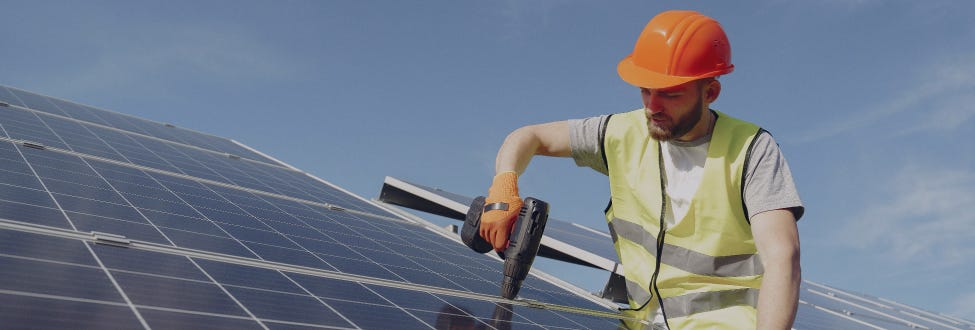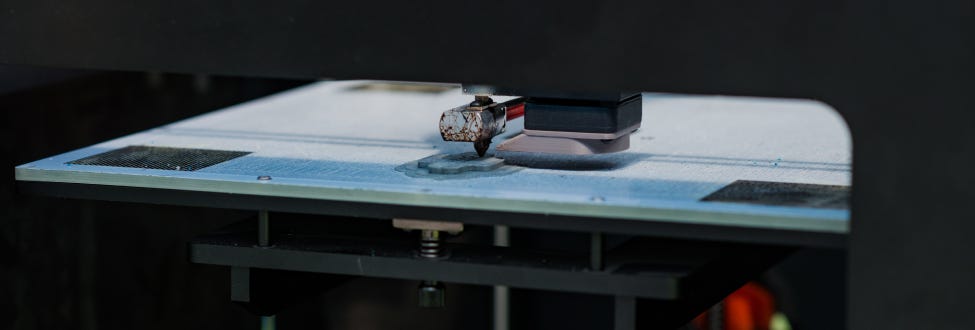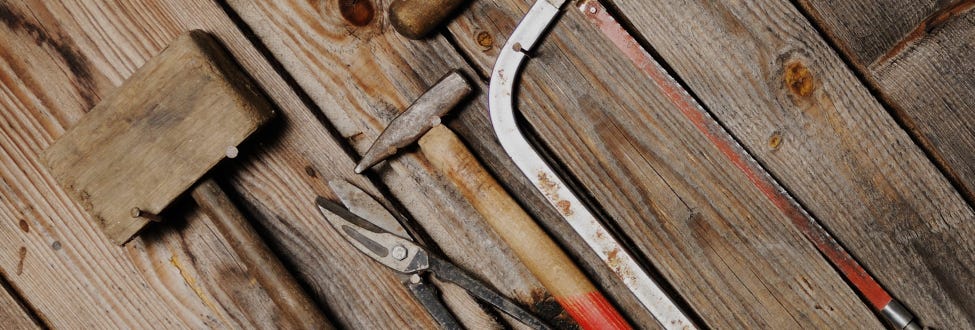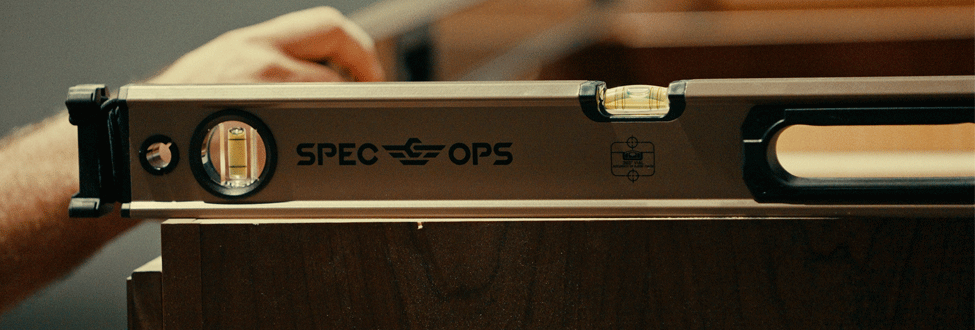Energy-Efficient Features Every Home Should Have
- Sep 1, 2020

Energy-efficient features use less energy while delivering the same service, power, and functionality. Homeowners are intrigued by the idea of “going green” because it’s good for the environment and saves them money on their utility bills.
Many companies are getting on board by designing products with energy-efficient features to attract homeowners and contractors. These features may be installed in brand-new homes or added to older homes and even rentals as upgrades.
When you build or improve on a home and use energy-efficient features, you tap into a wealth of benefits, including the following:
- Saving the homeowner money on utility bills
- Reducing the home’s carbon footprint
- Creating better air quality
- Decreasing noise
- Reducing water consumption
- Lowering greenhouse gas emissions
Construction contractors can become energy-efficient certified experts by learning more about energy-efficient features and the right tools needed to install them. When contractors are well-versed in Energy Star appliances, low emissivity windows, solar panels, and more, they can offer clients an array of energy-efficient home solutions.
Energy Star Appliances
The U.S. Environmental Protection Agency (EPA) partners with many organizations on the local, state, and federal levels through the Energy Star program. When an organization is endorsed with the Energy Star seal, it means the EPA recognizes its products’ energy-efficient features.
Energy Star certified homes are the most energy-efficient and include features that are better for the environment and save the homeowner money. Consumers and business owners can look for this logo on appliances, so they know they’re buying a product that’s rated for its energy efficiency.
Washer and Dryer
Clothes washers and dryers are notorious for using excessive amounts of energy and water with each cycle. With an Energy Star washer, a homeowner can save 25% in energy costs and 33% in water consumption when compared to a regular washer. Instead of filling the tub with water, an Energy Star washer flips and spins the clothes through a spray of water.
You may need new tools to install an energy-efficient washer and dryer set but your main focus will most likely be transporting the appliance. Be sure you have a dolly to haul away the old washer and dryer set and get the new appliances securely in place.
Air Conditioner
An Energy Star room air conditioner is designed to remove heat and humidity from the air while cooling it. When you purchase an air conditioner that’s the right size for a space, it increases the unit’s energy efficiency because it doesn’t have to continuously work to keep the room cool.
Before installing an air conditioner, review the size and shape of the room and adjust for its use, the number of people usually in the room, and the amount of shade and sun the room is exposed to on a daily basis. To install the unit, follow the instructions on the box. Be prepared to lift the unit onto the window sill and get your screwdriver kit and other tools ready to securely install the brackets.
Dishwasher
Energy Star dishwashers save energy because they’re equipped with sensors to determine how dirty dishes are. These sensors communicate with the appliance, so it doesn’t use unnecessary water and energy to clean dishes that don’t need a deep washing. These energy-efficient dishwashers only cost about $35 per year in energy costs.
The tools required to install a new dishwasher may vary, depending on the situation. You may need pry bars to pull out the old appliance. You may also need to use a hammer to install shims, which ensure the dishwasher sets firmly in place.
Heater
About half the energy a homeowner uses each month is dedicated to heating or cooling the home. An Energy Star heating system is ductless and delivers warm air directly to specific rooms instead of routing them through an intricate system like most traditional heaters.
With a programmable thermostat, the homeowner can set temperatures throughout the day depending on the household schedule. To install a heating system, you’ll need a variety of tools, including a screwdriver, drill, pliers, and electrical accessories, such as a voltage tester.
Refrigerator
Energy Star refrigerators use energy more efficiently to keep food cool. If you’re focused on environmental sustainability, consider the Energy Star refrigerator recycling program before tossing out an old refrigerator. This program ensures the waste is reused and doesn’t negatively affect the environment.
Be prepared with the tools and manpower necessary to remove the old refrigerator before installing the new one. Depending on the model and accessories you need to install, you may need a screwdriver set.
Low Emissivity Windows
Low emissivity windows emit only low levels of thermal heat. When a home has old or inefficient windows, it affects the temperature and the air conditioning or heating system must work overtime to maintain a level of comfort inside each room. However, with low emissivity windows, it’s easier to maintain a set temperature because heat and cold are kept out.
Double-pane windows are thicker than single-pane and help regulate indoor temperature. To install new windows, you’ll need shims, caulk, a hammer, level, drill, and screwdriver.
Energy-Efficient Lighting
Compact fluorescent lamps (CFLs) are smaller, curly-shaped versions of fluorescent lights that use less energy than traditional light bulbs. Light Emitting Diodes (LEDs) look more traditional and use electric current to emit light.
CFLs can take slightly longer to emit full light but are less expensive than LEDs. However, LEDs are known to be even more energy-efficient and last longer than CFLs. Both types of energy-efficient lightbulbs are installed like traditional bulbs. Depending on the light fixture, you may need a screwdriver to install the bulbs.
Cool Roof
A cool roof is designed to reflect sunlight and absorb less heat than a traditional roof. When traditional roofs absorb heat, it’s transferred inside the home. When a cool roof is installed, it increases energy efficiency because the home’s indoor temperature is more easily regulated.
Not only does a cool roof lower utility bills, it also helps keep non-air-conditioned areas more comfortable, such as covered porches or garages. The roof’s temperature stays neutral, which allows materials to last longer. A cool roof can be made from:
- Cool roof coating or thick paint
- Reflective spray polyurethane foam
- Cool roof asphalt shingles
- Glazed tiles
- Reflective marble chips or mineral granules
In most cases, a cool roof is installed the same as a traditional roof. However, an additional reflective coating or paint may need to be applied after installation.
Solar Panels
Solar panels have been gaining popularity since their emergence in 2008. System production has become more efficient so the costs for solar panels are decreasing, contributing to the popularity of this energy-saving home feature.
These panels are usually installed on the roof of a home to harness the sun’s energy. This energy is converted to power that’s used by the home for a number of functions. Homeowners with solar panels save money on their utility bills and lower their carbon footprint.
In most cases, these panels must be installed by a professional installer. However, advancements in the industry may lead to self-installation solar panels that use a self-mounting adhesive system and don’t require the use of any tools.
Whether you’re installing energy-efficient features on new construction or an older home, the homeowner is bound to be impressed. These features allow the homeowner to save money and lower their impact on the environment, making them attractive upgrades for any home.









